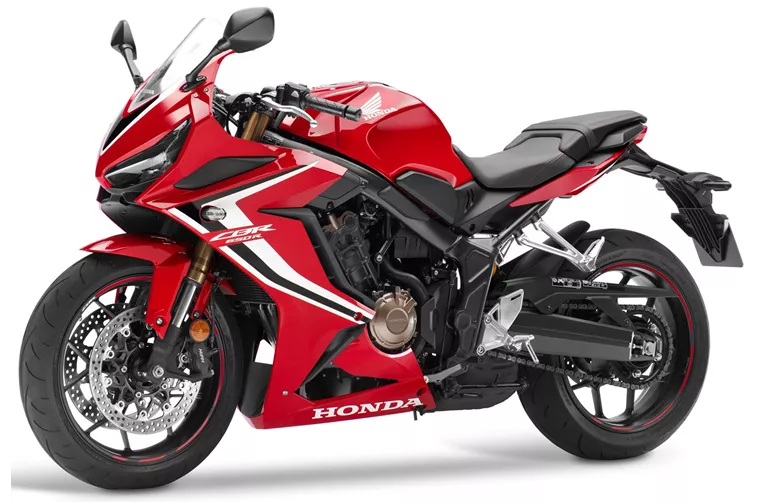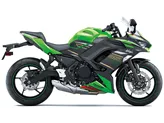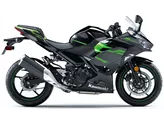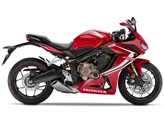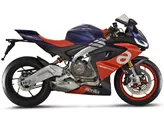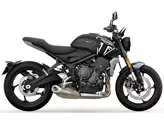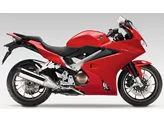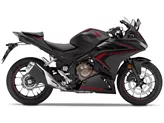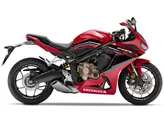Honda CBR650R 2019 vs. Kawasaki Ninja 650 2017
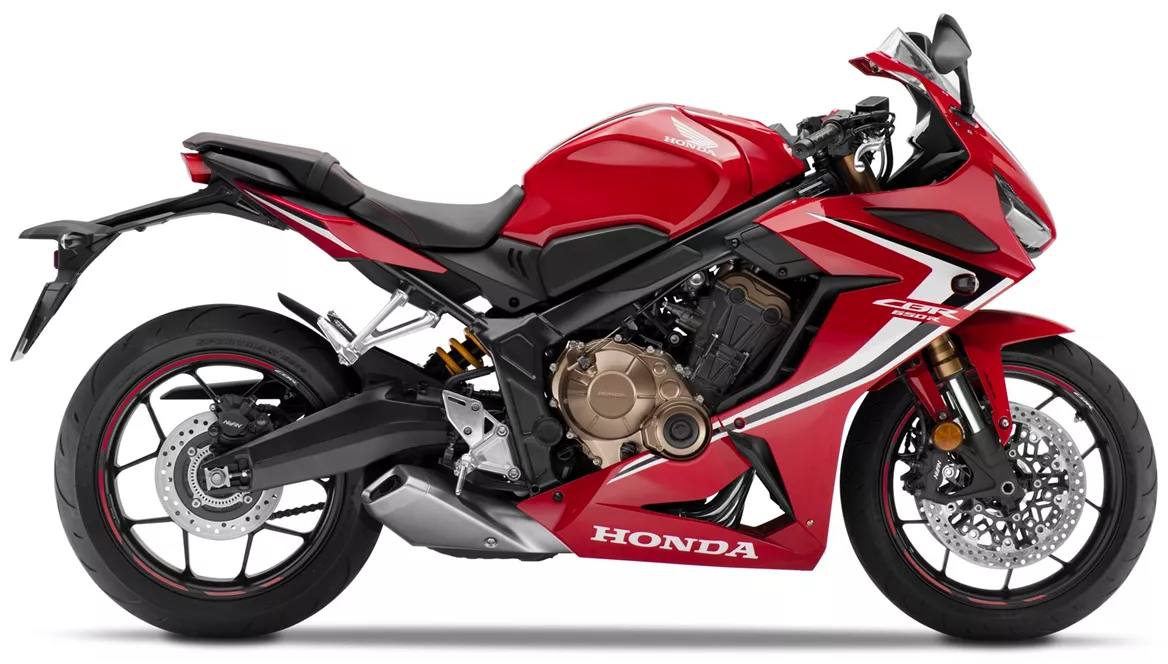
Honda CBR650R 2019

Kawasaki Ninja 650 2017
Visão geral - Honda CBR650R 2019 vs Kawasaki Ninja 650 2017
The Honda CBR650R 2019 and the Kawasaki Ninja 650 2017 are both supersport motorcycles that offer a thrilling riding experience. However, there are several key differences between the two models.
In terms of the engine and drivetrain, the Honda CBR650R 2019 features an inline four-cylinder engine with a displacement of 649cc. It produces a powerful 95 horsepower and 64 Nm of torque. The engine has a bore of 67 mm and a stroke of 46 mm, with a compression ratio of 11.4. The Kawasaki Ninja 650 2017, on the other hand, has a parallel twin-cylinder engine with the same displacement of 649cc. It generates 68.2 horsepower and 65.7 Nm of torque. The engine has a larger bore of 83 mm and stroke of 60 mm, with a compression ratio of 10.8. Both models have four valves per cylinder and utilize DOHC technology.
In terms of suspension, the Honda CBR650R 2019 features a telescopic inverted fork at the front with a diameter of 41 mm, providing excellent stability and control. The rear suspension is a swingarm with a monoshock and preload adjustment. The Kawasaki Ninja 650 2017 also has a telescopic front fork with a diameter of 41 mm, but its rear suspension is also a swingarm with a monoshock and preload adjustment.
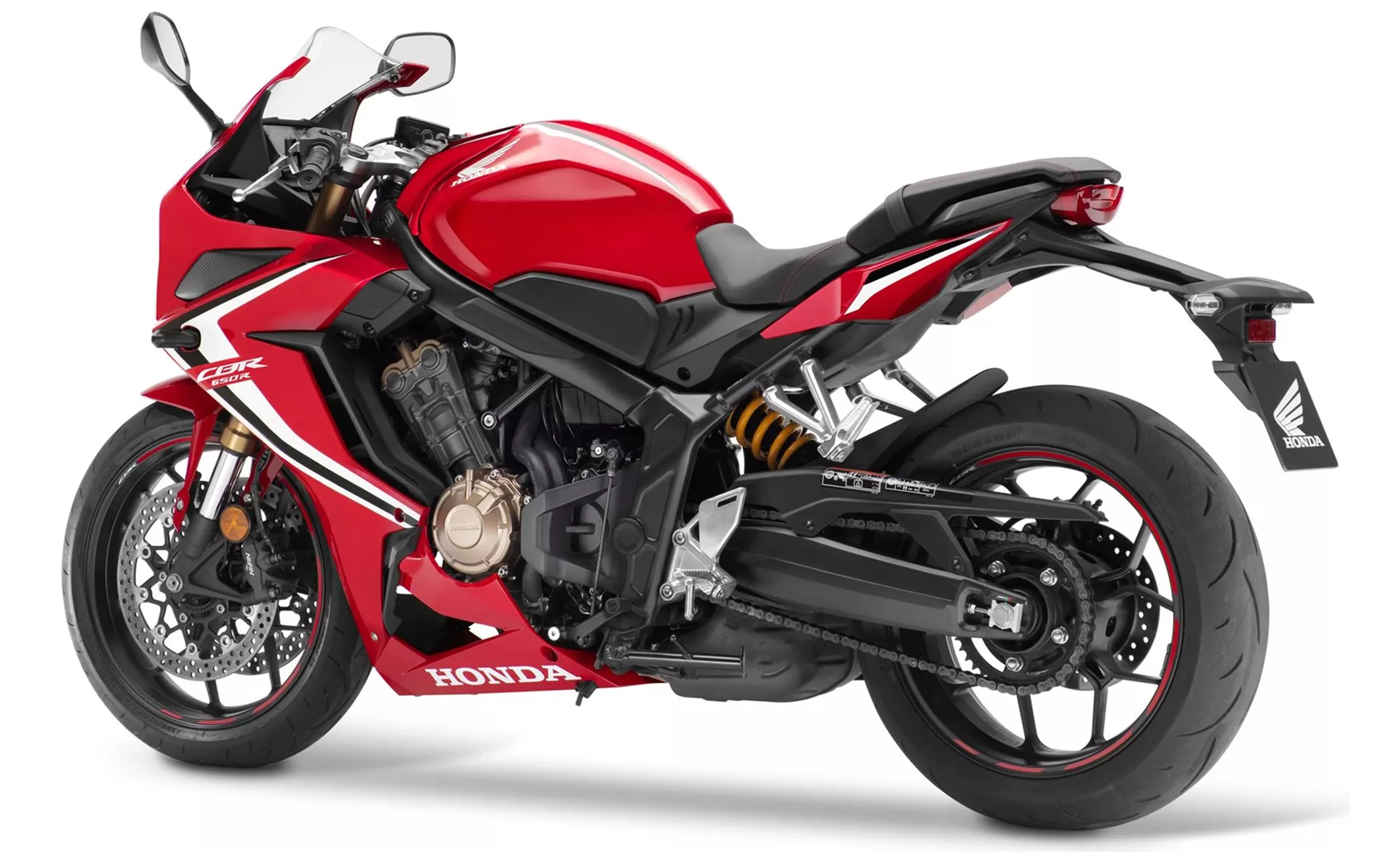
Honda CBR650R 2019
In terms of chassis, the Honda CBR650R 2019 has a steel frame with a twin-tube design, providing a strong and rigid structure. The rake angle is 64.5 degrees and the trail is 101 mm. The Kawasaki Ninja 650 2017 also has a steel frame, but with a tubular design. It has a slightly steeper rake angle of 65.5 degrees and a trail of 100 mm.
Both models feature dual disc brakes at the front, but there are slight differences in size. The Honda CBR650R 2019 has 320 mm discs, while the Kawasaki Ninja 650 2017 has 300 mm discs. Both models also come equipped with ABS for enhanced safety.
In terms of dimensions and weight, the Honda CBR650R 2019 has a wider front tire of 120 mm and a wider rear tire of 180 mm. The front and rear tire diameters are both 17 inches. The distance between the axles is 1450 mm and the seat height is 810 mm. The curb weight, including ABS, is 208 kg. The fuel tank has a capacity of 15.4 liters. On the other hand, the Kawasaki Ninja 650 2017 has a slightly narrower rear tire of 160 mm. The front and rear tire diameters are also 17 inches. The distance between the axles is 1410 mm and the seat height is 790 mm. The curb weight, including ABS, is 193 kg. The fuel tank has a capacity of 15 liters.

Kawasaki Ninja 650 2017
In terms of strengths, the Honda CBR650R 2019 offers a very elastic four-cylinder engine, making it suitable for various riding conditions. It also provides sufficient comfort for longer rides and offers good wind protection. Additionally, it has a great appearance and is easy to use, making it suitable for riders with an A2 license. On the other hand, the Kawasaki Ninja 650 2017 has a transparent chassis for sporty handling and a playful and fun riding experience. It also features excellent brakes and an elegant appearance reminiscent of the ZX-10R. The engine is known for its durability.
In terms of weaknesses, the Honda CBR650R 2019 may experience some droning below 4,500 rpm and the suspension could be slightly sportier. Additionally, the rear brake may not be as strong as desired. The Kawasaki Ninja 650 2017 has a relatively quiet exhaust sound in its stock form and the engine may exhibit slight vibrations.
Overall, both the Honda CBR650R 2019 and the Kawasaki Ninja 650 2017 are impressive supersport motorcycles with their own unique strengths and weaknesses. Riders should consider their preferences and priorities to determine which model suits them best.
Especificações técnicas Honda CBR650R 2019 em comparação com Kawasaki Ninja 650 2017
Prós e contras em comparação
Prós e contras em comparação
Honda CBR650R 2019
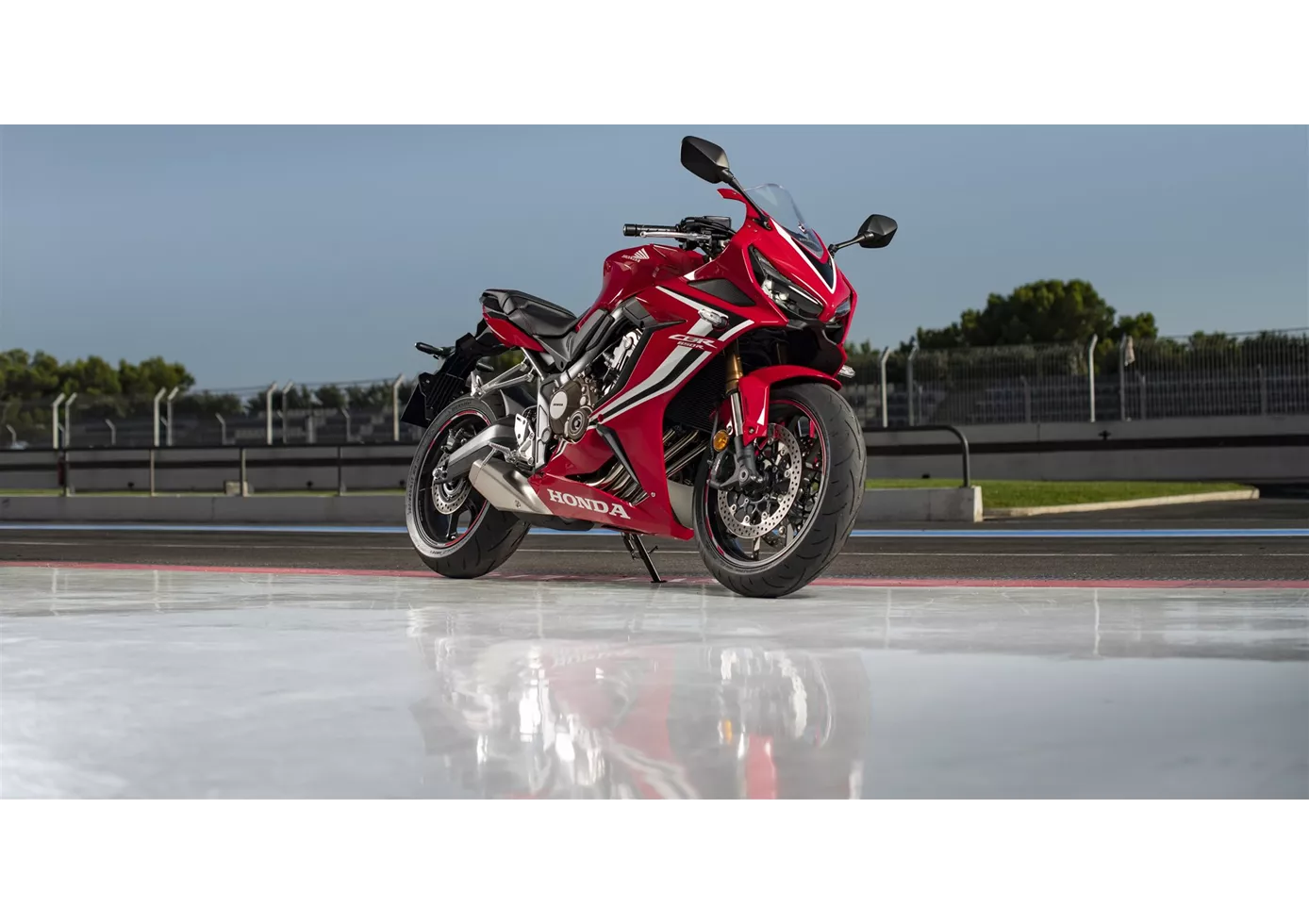
A nova CBR650R pega no espírito que conhecemos das tourers desportivas clássicas de quatro cilindros e transporta-o para a era moderna. Graças à boa afinação do motor, não tem de se preocupar em ser deixado para trás pelos seus amigos de dois cilindros, especialmente porque é recompensado com um som agradável em toda a gama de rotações. Infelizmente, no entanto, pode haver demasiado som, como provou o rugido abaixo das 4.500 rpm. No que diz respeito ao chassis e à posição do assento, foi encontrado um compromisso que permite à CBR650R lidar bem com a condução quotidiana, bem como com passeios mais longos e caçadas em pistas domésticas.
Kawasaki Ninja 650 2017

A Ninja 650 é um selo firme da sua antecessora (Er-6f). O motor dominou bem a barreira do Euro 4 e oferece 68 cv muito úteis, o chassis é simplesmente fantástico para esta classe e a redução de peso de 18(!) quilos em comparação com a ER-6f justifica acenos de cabeça reverentes.
Comparação de preços Preço médio de mercado Honda CBR650R vs Kawasaki Ninja 650
There are a few key differences between a Honda CBR650R 2019 and a Kawasaki Ninja 650 2017. It takes less time to sell a Honda CBR650R with 45 days compared to 96 days for a Kawasaki Ninja 650. Since model year 2019 1000PS.de editors have written 14 reviews for the Honda CBR650R and 20 reviews for the Kawasaki Ninja 650 since model year 2017. The first review for the Honda CBR650R was published on 08/10/2018 and now has more than 53.700 views. This compares to more than 79.600 views for the first review on Kawasaki Ninja 650 published on 04/10/2016.
